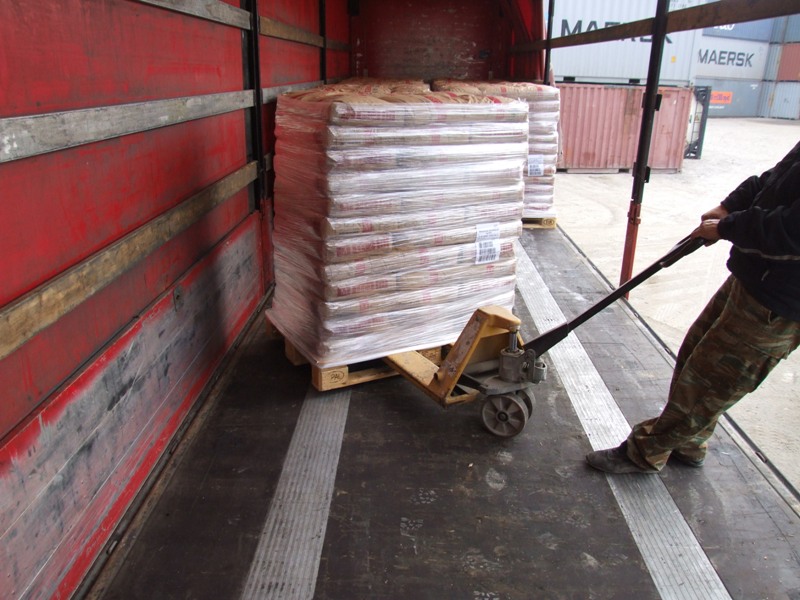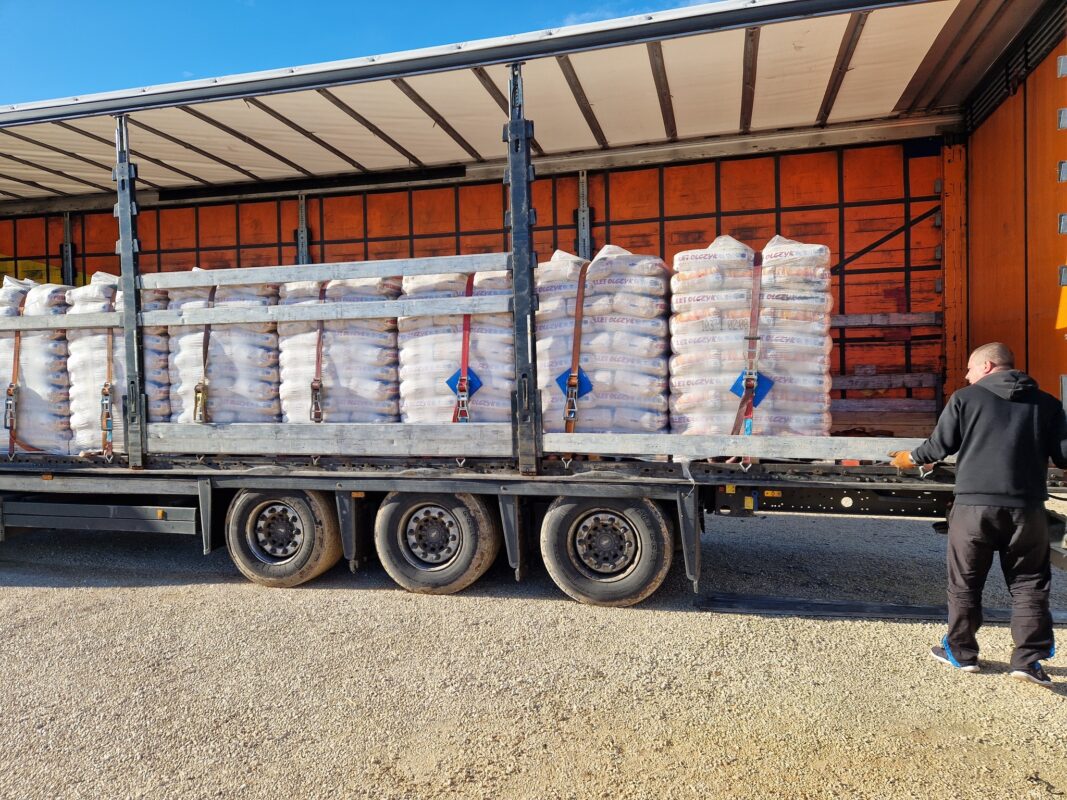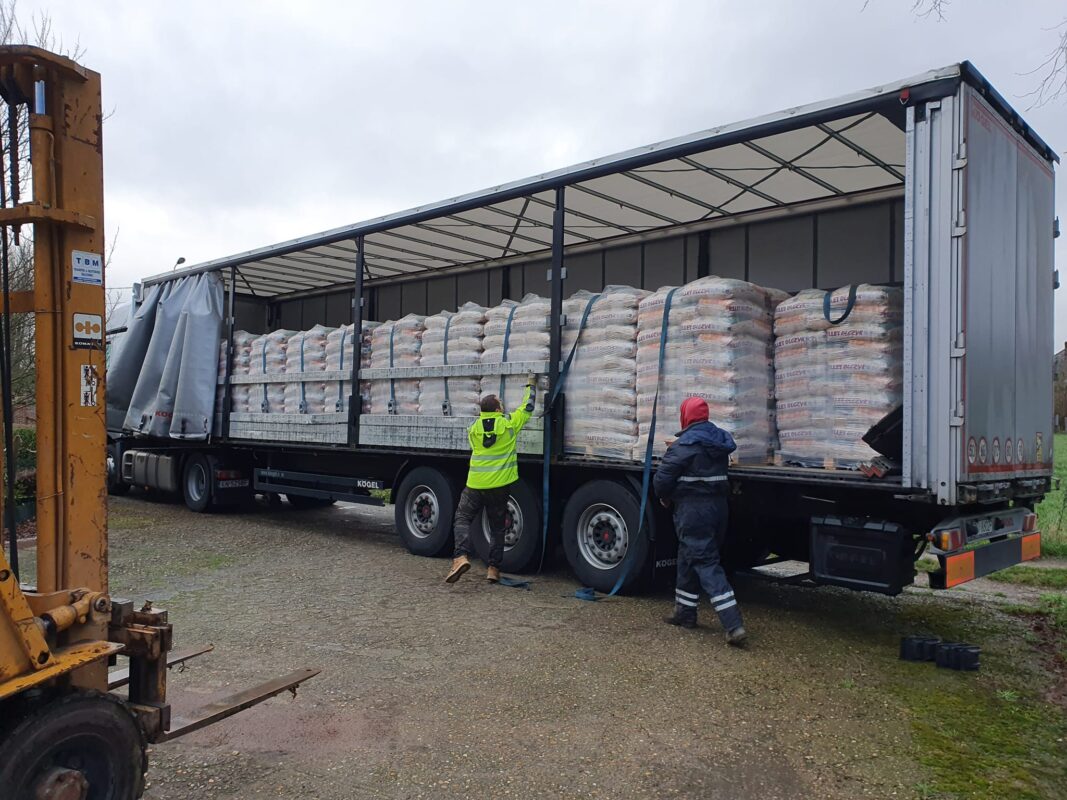Wood Pellets: Sustainable Heating Solutions for Europe
15kg bags of wood pellets For Sale, In recent years, the demand for wood pellets as a sustainable heating solution has surged across Europe. As countries move towards greener energy alternatives, wood pellets have emerged as a viable option, offering both environmental benefits and economic advantages. Let’s delve into why wood pellets are gaining popularity and explore their role in the European energy landscape.

Why Choose Wood Pellets?
1. Renewable Energy Source:
Wood pellets are made from compressed sawdust and wood shavings, primarily sourced from sustainably managed forests. Unlike fossil fuels, wood pellets are considered renewable because trees can be replanted and harvested in a cyclical manner.
2. Low Carbon Footprint:
When compared to traditional fossil fuels like coal or oil, wood pellets have a significantly lower carbon footprint. They emit minimal greenhouse gases during combustion, making them a cleaner option for heating homes, businesses, and even industrial facilities.
3. Energy Efficiency:
Wood pellets are highly efficient when used in modern pellet stoves and boilers. They provide consistent heat output and can be automated for convenient use, offering a reliable alternative to traditional heating methods.
4. Cost-Effective:
In many European countries, wood pellets are competitively priced compared to other heating fuels. Additionally, governments often provide incentives or subsidies to encourage their adoption, further reducing the overall cost for consumers and businesses.
Market Trends in Europe
The European market for wood pellets has experienced robust growth, driven by policies promoting renewable energy and increasing awareness of environmental issues. Countries such as Germany, Sweden, Austria, and Italy have emerged as key consumers and producers of wood pellets, with a growing number of households and businesses opting for pellet heating systems.
1. Production and Supply Chain:
European manufacturers produce a significant portion of the world’s wood pellets, ensuring high-quality standards and sustainable sourcing practices. The supply chain is well-established, with efficient distribution networks that ensure timely delivery to consumers.
2. Consumer Adoption:
Residential consumers are increasingly switching to wood pellets due to their affordability, efficiency, and environmental benefits. Pellet boilers and stoves have become popular choices for both new constructions and retrofitting existing heating systems.
3. Industrial Applications:
Beyond residential use, wood pellets are also used in industrial settings for heat generation and as a biomass feedstock for combined heat and power (CHP) plants. This versatility enhances their role in reducing overall carbon emissions across various sectors.
Challenges and Opportunities
While the growth of the wood pellet market in Europe is promising, it faces challenges such as fluctuating raw material costs and competition from other renewable energy sources. However, ongoing research and development efforts are focused on improving pellet efficiency, exploring new feedstocks, and enhancing sustainability throughout the supply chain.
Sustainable Heating for wood pellets
Sustainable heating with wood pellets is an environmentally friendly option compared to traditional fossil fuels. Wood pellets are typically made from compacted sawdust, wood chips, or other biomass materials, which are renewable resources. Here are some key points to consider:
- Renewable Resource: Wood pellets are made from biomass materials that can be replenished through sustainable forestry practices. This makes them a renewable alternative to fossil fuels.
- Low Emissions: When burned efficiently, wood pellets emit significantly lower levels of greenhouse gases and particulate matter compared to traditional heating fuels like coal or oil. This contributes to better air quality and reduces the carbon footprint of heating.
- Energy Efficiency: Wood pellet stoves and boilers are highly efficient, often surpassing 80-90% efficiency ratings. This means more heat is generated per unit of fuel compared to older heating systems.
- Local Economy: Using wood pellets supports local economies involved in forestry and wood processing. It can also reduce dependence on imported fuels, contributing to energy security.
- Availability: Wood pellets are widely available in many regions, and their use is supported by a growing infrastructure of suppliers and distributors.
- Cost: While the initial investment in a wood pellet stove or boiler can be higher than traditional systems, the cost of wood pellets themselves can be competitive with other fuels. Additionally, prices can be more stable compared to fossil fuels, which are subject to global market fluctuations.
- Storage and Handling: Wood pellets are easy to store and handle, typically coming in bags or delivered in bulk. Storage requirements are minimal compared to traditional firewood.
- Environmental Impact: To ensure sustainability, it’s important that wood pellets come from certified sources that practice responsible forestry management. This helps maintain forest health and biodiversity.
Renewable Energy For Wood Pellet
Wood pellets are an excellent renewable energy source that has gained popularity due to their efficiency and environmental benefits. Here are some key points about renewable energy from wood pellets:
- Sustainable Resource: Wood pellets are made from compressed sawdust and wood shavings, often sourced from sustainably managed forests or from wood processing residues. This makes them renewable, as forests can be replanted and managed for continuous supply.
- Energy Efficiency: Wood pellets have a high energy density and burn cleanly, making them efficient for heating and power generation. They produce minimal ash and emissions compared to traditional wood combustion.
- Versatile Use: Wood pellets are primarily used for heating homes and businesses, especially in pellet stoves and boilers. They can also be used in combined heat and power (CHP) plants to generate electricity.
- Carbon Neutral: When burned, wood pellets release carbon dioxide, but this is offset by the carbon dioxide absorbed during the growth of the trees. This results in a net-zero carbon footprint, making wood pellets a carbon-neutral energy source.
- Local Economy: Production and use of wood pellets can support local economies, from forestry and manufacturing jobs to retail and installation services.
- Storage and Handling: Wood pellets are easy to store and handle, typically coming in bags or delivered in bulk. They can be stored for long periods without deteriorating, unlike some other biomass fuels.
- Global Demand: The global demand for wood pellets has been increasing, driven by policies promoting renewable energy and sustainability goals.
- Challenges: While wood pellets offer many benefits, there are challenges such as transportation costs, ensuring sustainable forestry practices, and potential impacts on local ecosystems if not managed properly.
Biomass Fuel For Wood Pellets
Wood pellets are a type of biomass fuel made from compacted sawdust, wood chips, or other wood waste materials. They are commonly used as a renewable energy source for heating and sometimes electricity generation. Here are some key points about biomass fuel in the form of wood pellets:
- Renewable Energy Source: Wood pellets are considered renewable because they are made from organic materials (wood) that can be regrown.
- Production Process: The production of wood pellets typically involves drying the wood fibers to a specific moisture content and then compressing them under high pressure without any additives.
- Energy Density: Wood pellets have a high energy density compared to raw wood materials, which makes them efficient for storage, transport, and combustion.
- Environmental Impact: When burned, wood pellets generally release carbon dioxide (CO2), but this is offset by the fact that the wood they are made from absorbed CO2 from the atmosphere during its growth. This makes wood pellets a carbon-neutral or low-carbon alternative to fossil fuels.
- Uses: Wood pellets are predominantly used for residential heating, industrial heating (such as in schools or hospitals), and increasingly for power generation in combined heat and power (CHP) plants.
- Efficiency: Wood pellets burn efficiently and cleanly when used in appropriately designed stoves, boilers, or furnaces.
- Storage and Handling: Wood pellets are typically stored in dry conditions to prevent degradation. They are easier to handle and store compared to logs or wood chips.
- Availability: The availability of wood pellets can vary regionally, depending on the local supply of wood waste and manufacturing capacity.
- Cost: The cost of wood pellets can fluctuate based on factors such as local demand, production costs, and transportation logistics.
Pellet Stoves
Pellet stoves are a type of heating appliance that burn small pellets made from compressed biomass materials or wood waste. Here are some key points about pellet stoves:
- Fuel: Pellet stoves burn pellets typically made from sawdust, wood shavings, agricultural crop waste, or other biomass materials. These pellets are usually uniform in size and shape, facilitating consistent burning.
- Efficiency: Pellet stoves are known for their high efficiency compared to traditional wood stoves or fireplaces. They produce very little smoke and ash due to the controlled combustion process.
- Operation: These stoves operate automatically or semi-automatically, depending on the model. They often have a hopper where pellets are stored and fed into the combustion chamber as needed. Some models may require manual ignition, while others have automatic ignition systems.
- Heating Capacity: Pellet stoves can efficiently heat a single room or, in some cases, an entire house depending on their size and heating capacity. They typically use a fan to distribute heat throughout the space.
- Environmental Impact: Burning pellets is considered more environmentally friendly than burning fossil fuels because pellets are made from renewable biomass materials. However, the sustainability of pellets depends on the sourcing and production methods.
- Maintenance: Regular maintenance is required to keep a pellet stove running efficiently. This includes cleaning the ash pan, emptying the ash bin, inspecting the burn pot, and checking the chimney and venting system.
- Cost: The initial cost of a pellet stove can be higher than that of a traditional wood stove or fireplace, but the operational costs can be lower, especially if pellets are locally sourced and relatively inexpensive.
- Installation: Proper installation is crucial for safety and efficiency. It typically involves venting the stove to the outside, which may require professional installation depending on local building codes and regulations.
Pellet boilers are a type of biomass boiler that burn compressed wood or biomass pellets to generate heat for residential or commercial heating systems. They are considered a renewable energy option because the pellets are made from sustainable sources like sawdust, wood shavings, or agricultural residues. Here are some key points about pellet boilers:
- Fuel Source: Pellet boilers use wood pellets as their primary fuel source. These pellets are typically made from compacted sawdust or other wood waste products. They are uniform in size and density, which ensures consistent combustion and efficient heat production.
- Efficiency: Pellet boilers are highly efficient compared to traditional wood-burning stoves or fireplaces. They can achieve efficiencies of over 90%, meaning that almost all of the energy content of the pellets is converted into heat.
- Automated Operation: Many pellet boilers have automated feeding systems that deliver pellets from a storage hopper into the combustion chamber as needed. This automation allows for hands-off operation and can be controlled via thermostat or timer.
- Environmental Impact: Burning wood pellets in a pellet boiler is considered carbon neutral because the carbon dioxide emitted during combustion is roughly equal to the carbon dioxide absorbed by the trees during growth. This makes pellet boilers a more environmentally friendly option compared to fossil fuel-based heating systems.
- Installation and Cost: Pellet boilers require a storage space for pellets, typically in the form of a hopper or silo. Initial installation costs can be higher than traditional gas or oil boilers due to the storage system and specialized equipment, but operational costs can be lower over time, especially if there are incentives or subsidies available for renewable energy installations.
- Maintenance: Regular maintenance is required to ensure optimal performance of a pellet boiler. This includes cleaning the combustion chamber, ash removal, and checking mechanical components like fans and motors.
- Availability: The availability of wood pellets can vary regionally. In some areas, there may be local suppliers, while in others, pellets may need to be transported over longer distances, potentially affecting cost and environmental considerations. contact us for your order.



